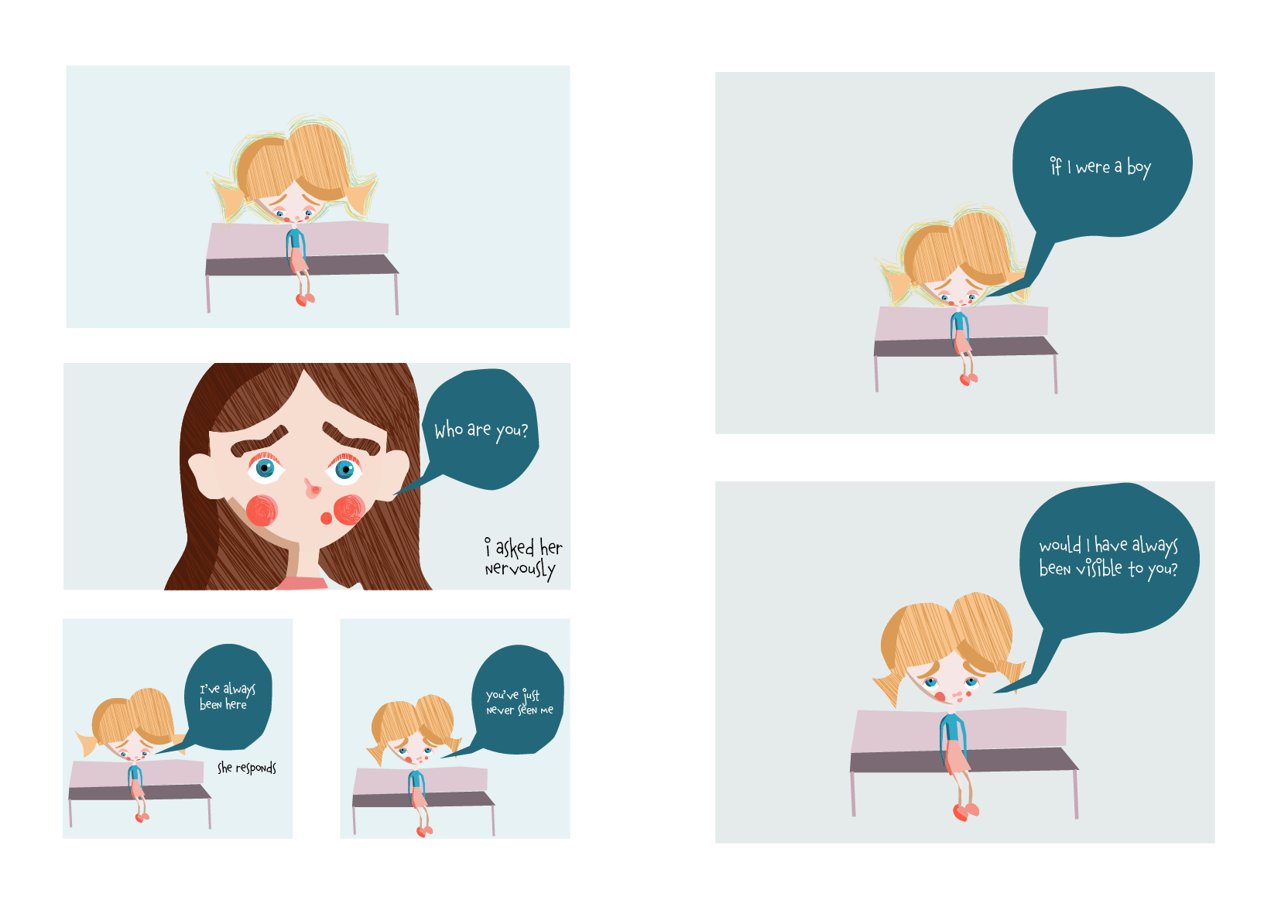
Clara Moore
Hey there! I’m Clara, a designer with a strong passion for illustration and character design. My work addresses current issues in an approachable way, adopting a playful visual style and vibrant colour palettes.

Hey there! I’m Clara, a designer with a strong passion for illustration and character design. My work addresses current issues in an approachable way, adopting a playful visual style and vibrant colour palettes.
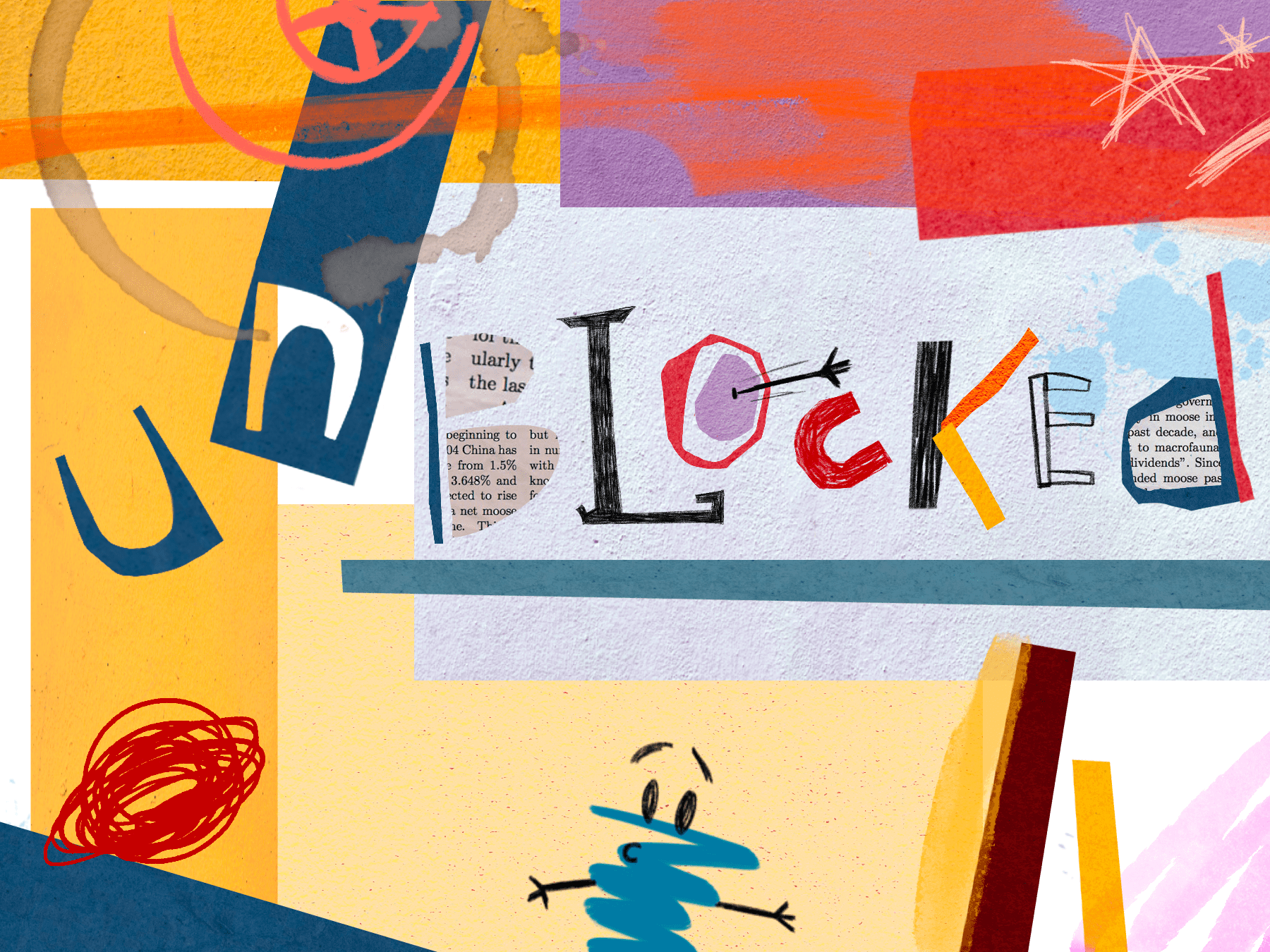
Final Semester Project
‘Unblocked’ – An Interactive Book for Burnt-out Artists
The Problem
Creative burnout, defined as ‘a state of emotional, mental and physical exhaustion’ caused by creative work (Le Cunff), has affected 75% of creatives globally (WeTransfer, 2022).
Burnout can lead to longer-term issues such as loss of passion for creative work, and work stress/anxiety.
The Solution
‘Unblocked’ is a creative prompt book, encouraging artists to embrace the process of creating rather than the final outcome.
Divided into 3 chapters, ‘Unblocked’ offers prompts for tackling the ‘blank page’, as well as prompts that help artists to overcome fear of imperfection and pressure to create something of high quality.
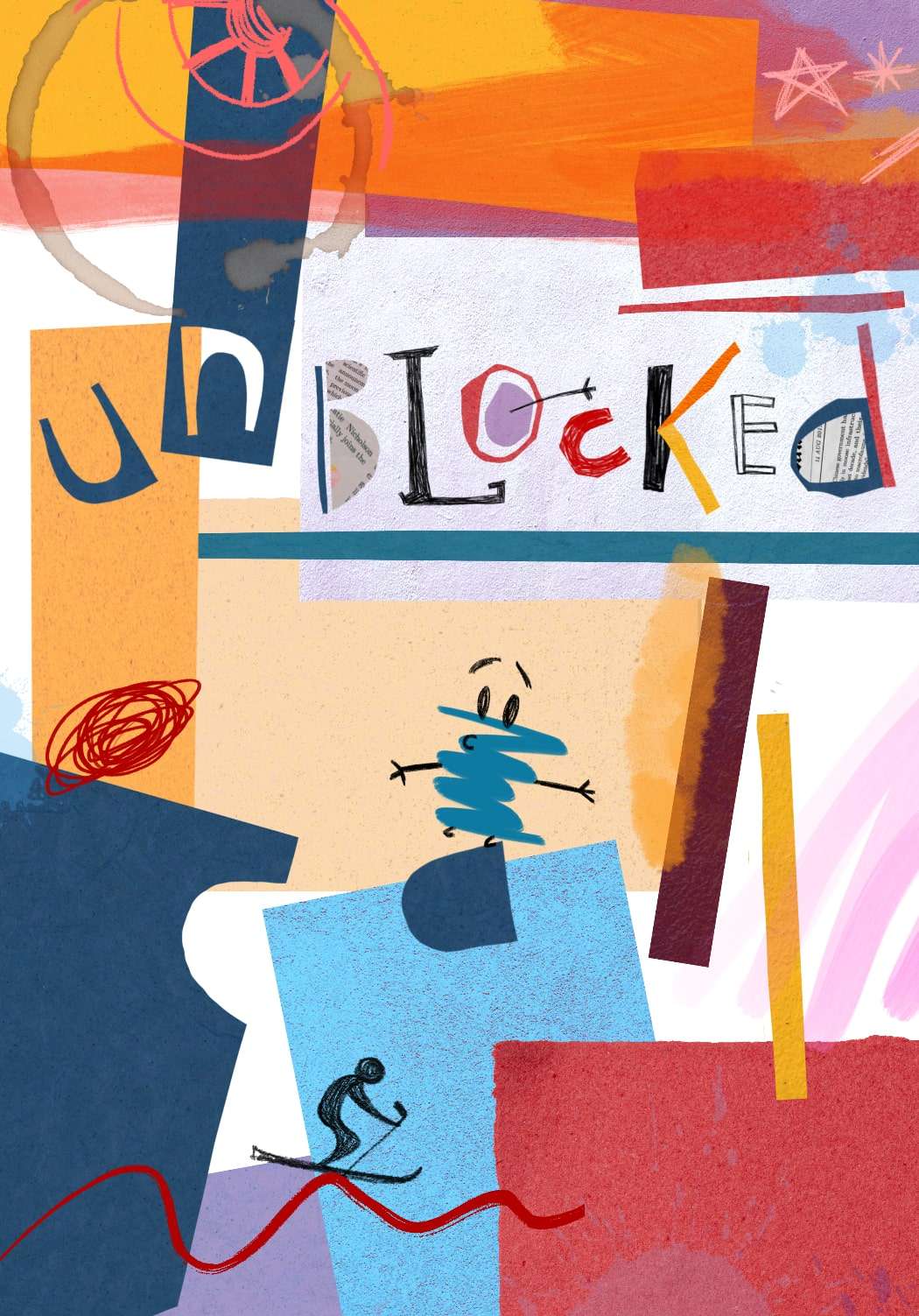
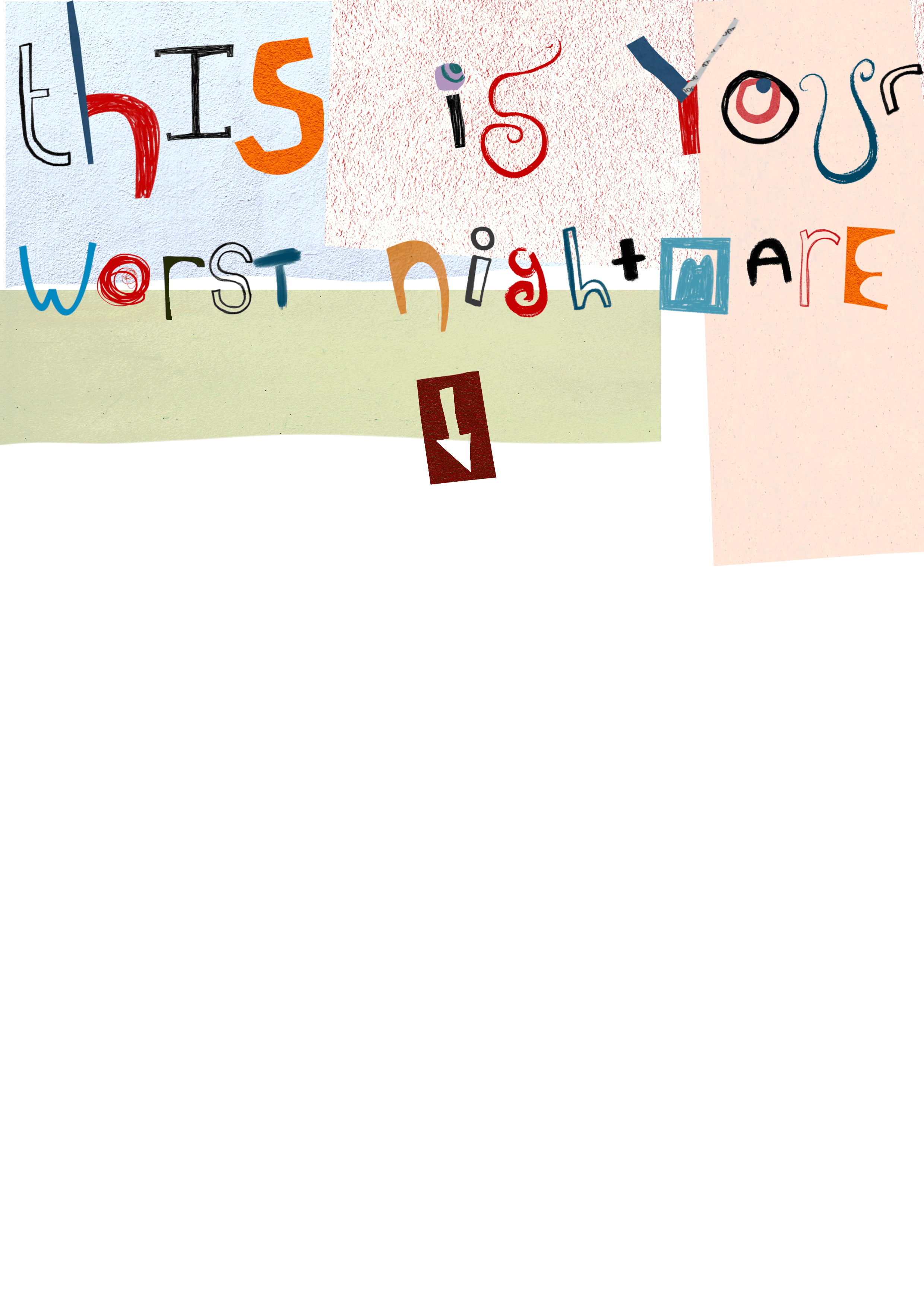
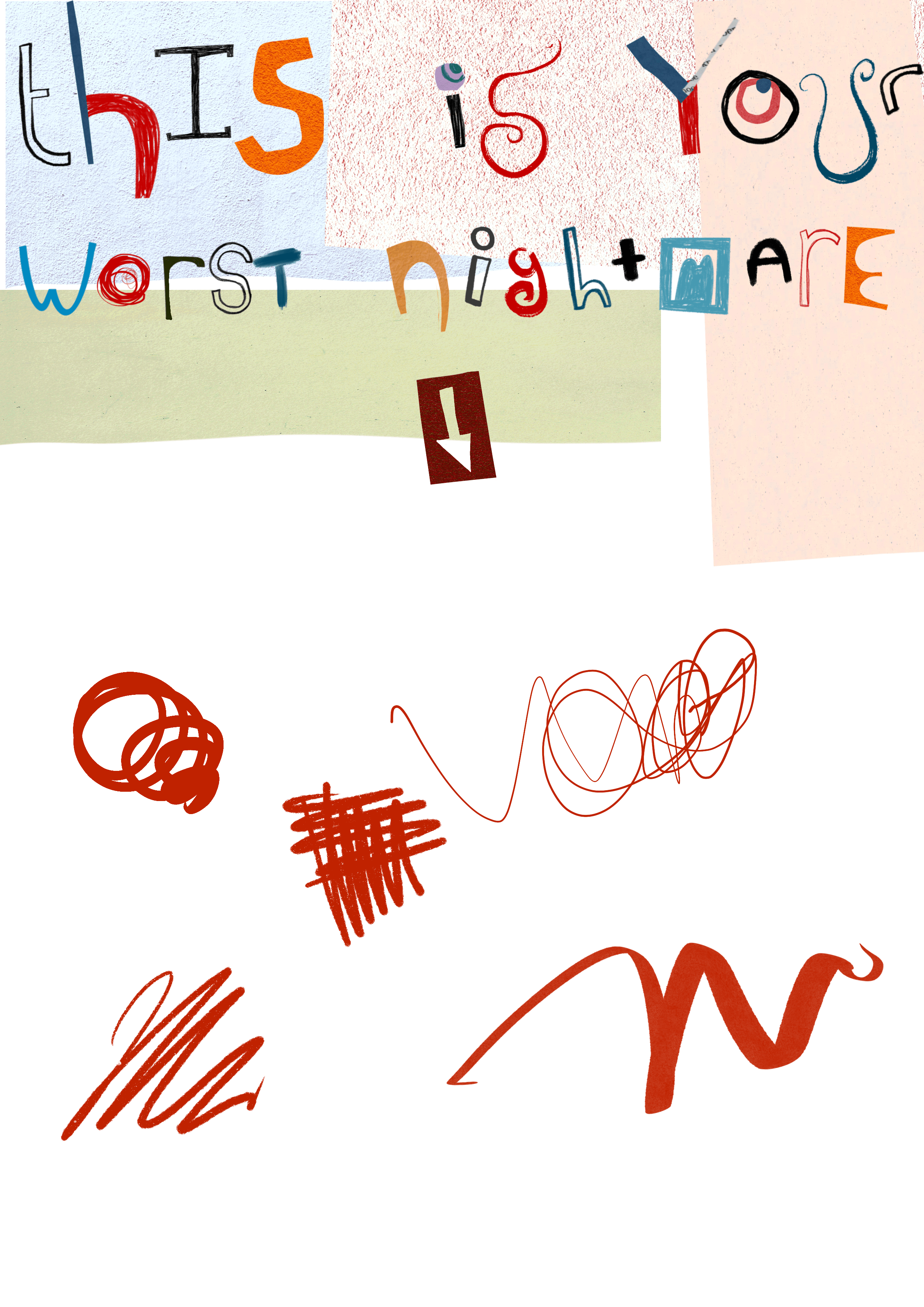
Chapter One Example Page
The first page of the book simply gets the artist to put pen to paper in order to confront the ‘blank page’. The user is instructed to use the page to test their pen, by making a series of random marks.
The page eases the artist into the act of creating, through activities that are simple and require very minimal time/mental effort to complete.
Semester 1, Project 2
The Problem
50% of students who take up an instrument quit before they reach 17 years old (Ruth, 2021), with the majority of students giving up between primary and secondary school.
The Solution
‘Don’t Stop the Beat’ is a deck of musical prompt cards; it encourages pre-teens to continue their instrument by offering a more engaging, interactive approach to instrument playing.
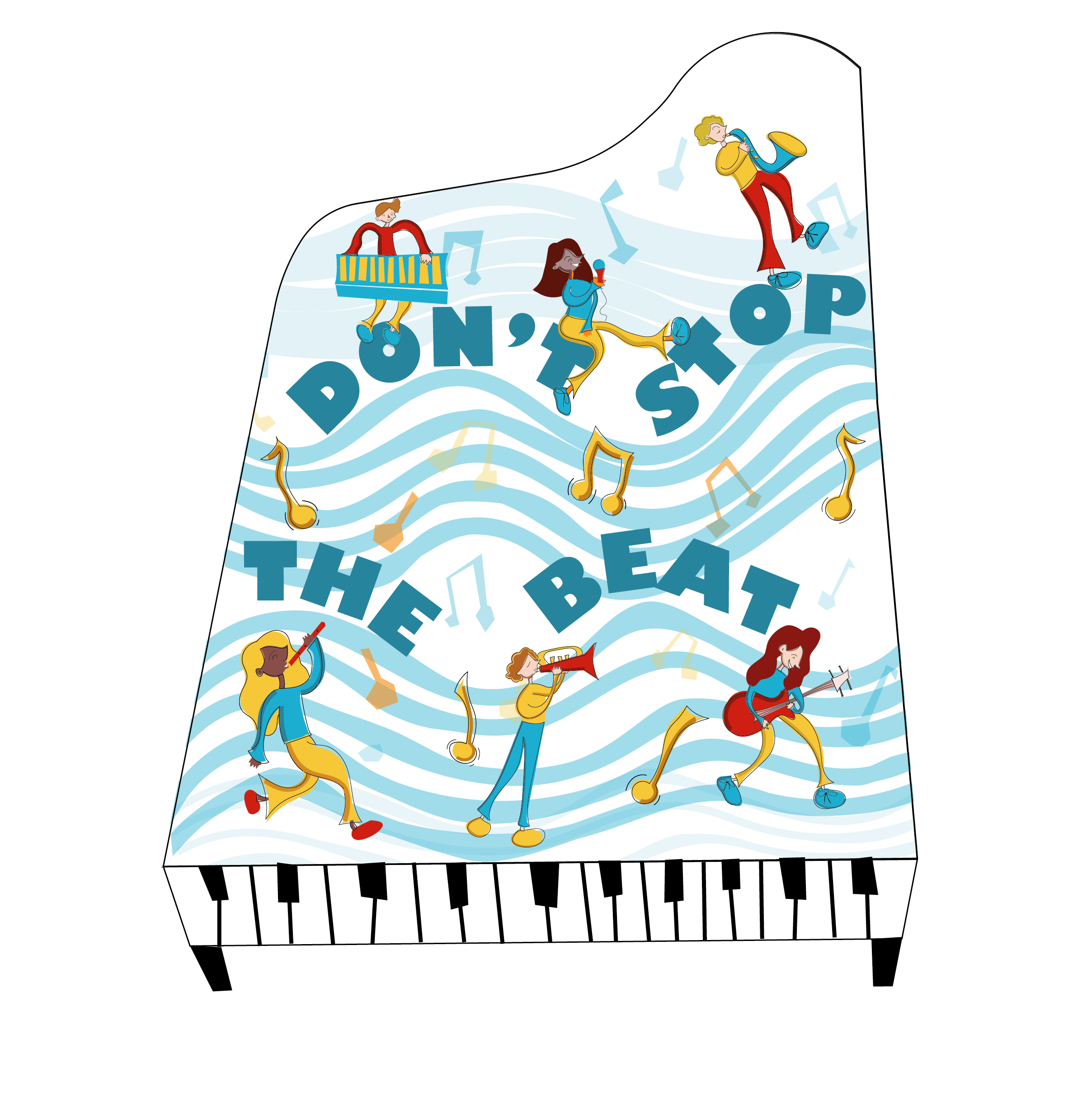
The Cards – ‘Tune it’, ‘Learn it’ and ‘Remix it’ Prompts
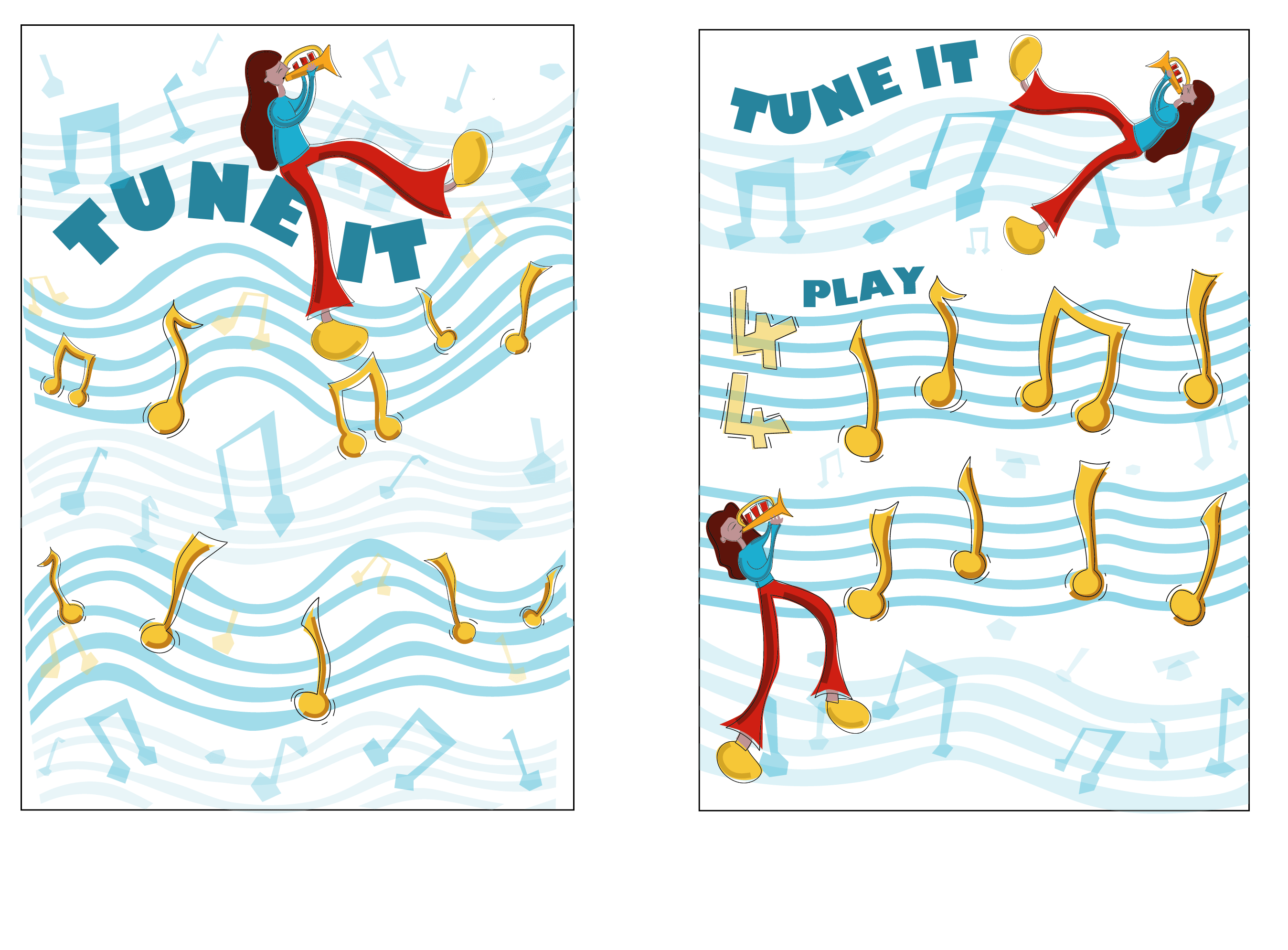
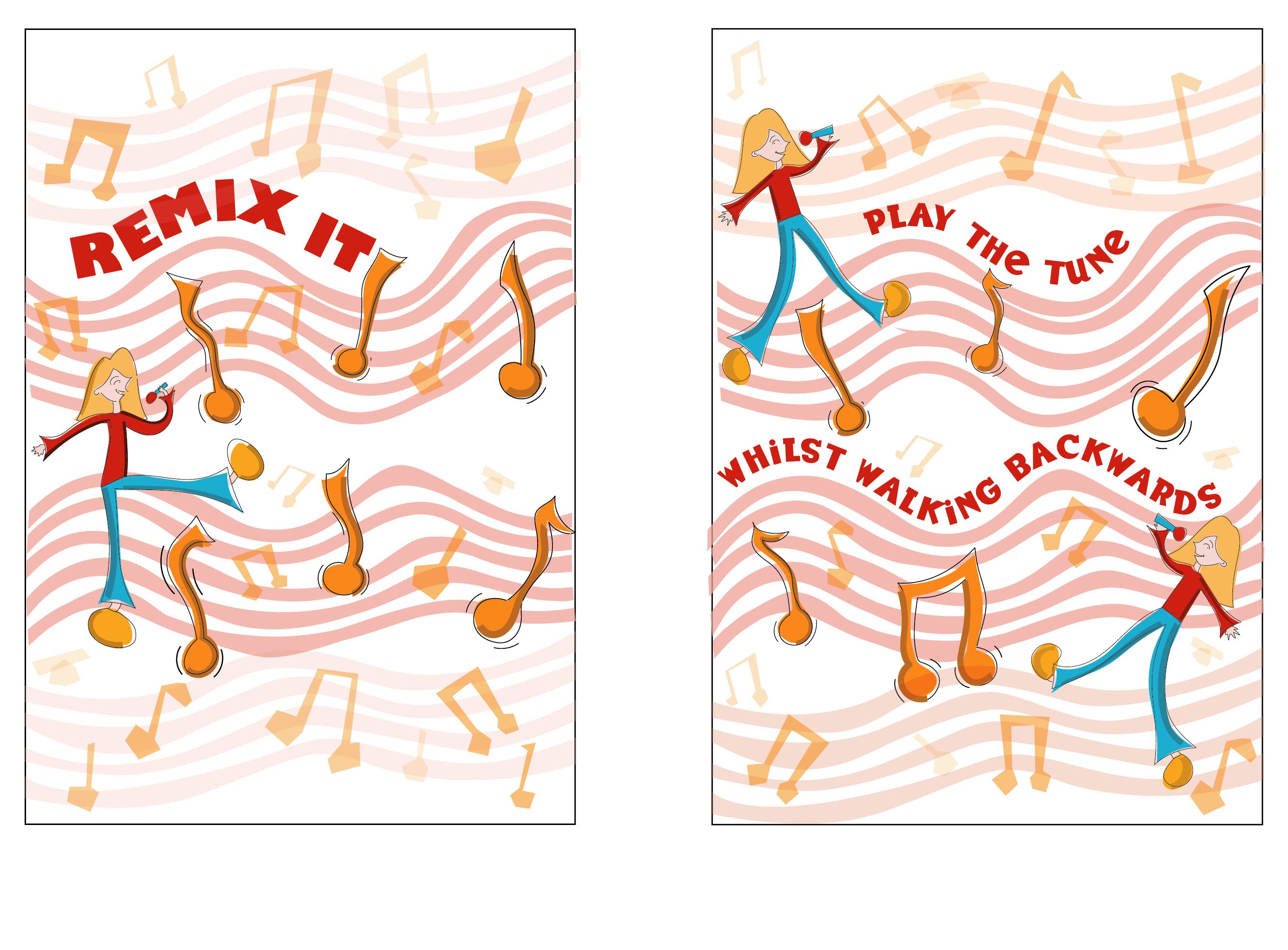
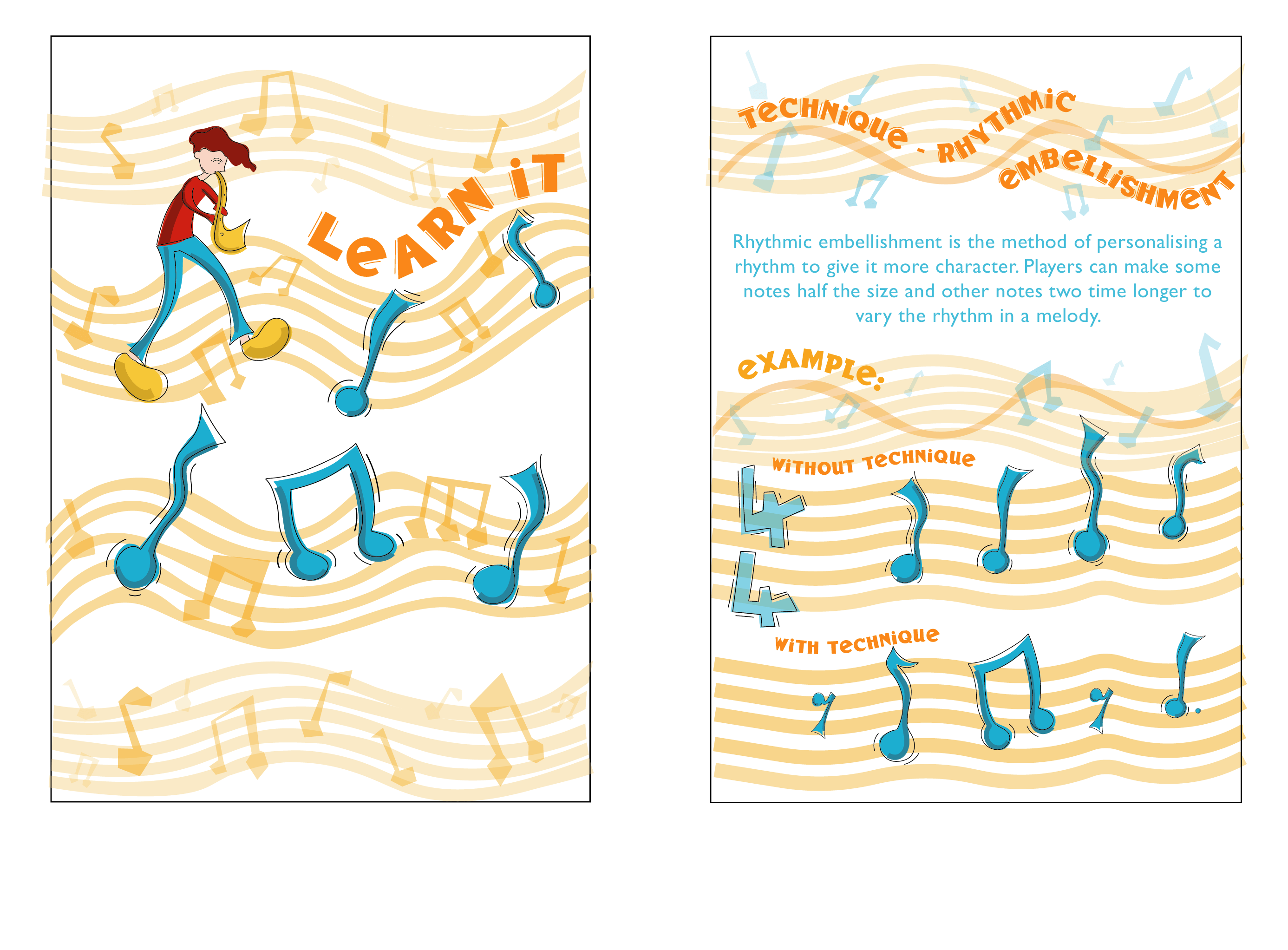
How the Cards Work
The child will pick up a random card from the ‘tune it’ deck, where they are presented with a simple line of music to play.
To switch up the melody, the child then picks up either a ‘remix it’ card or ‘learn it’ card; the child plays the same tune again, this time applying whatever the prompt is on the card to the melody.
The aim is to encourage a ‘looser’, more expressive way for the child to play music, one which strays from the mundane nature of learning scales and pieces as they are written.
Semester 1, Project 1
‘Hidden in Plain Sight’ – A Zine on ADHD in Girls
The Problem
Majority of girls with ADHD go undiagnosed; boys are almost 3 times more likely to receive a diagnosis than girls; 13% of boys diagnosed vs. 4.2% of girls (Healthline, 2018).
While teachers are instrumental in identifying early ‘warning signs’ of ADHD in girls, they are often overlooked since girls ‘mask’ their symptoms more often.
The Solution
‘Hidden in Plain sight’ is a 12-page comic zine, encouraging teachers to spot some of the more overlooked ADHD symptoms found in girls.
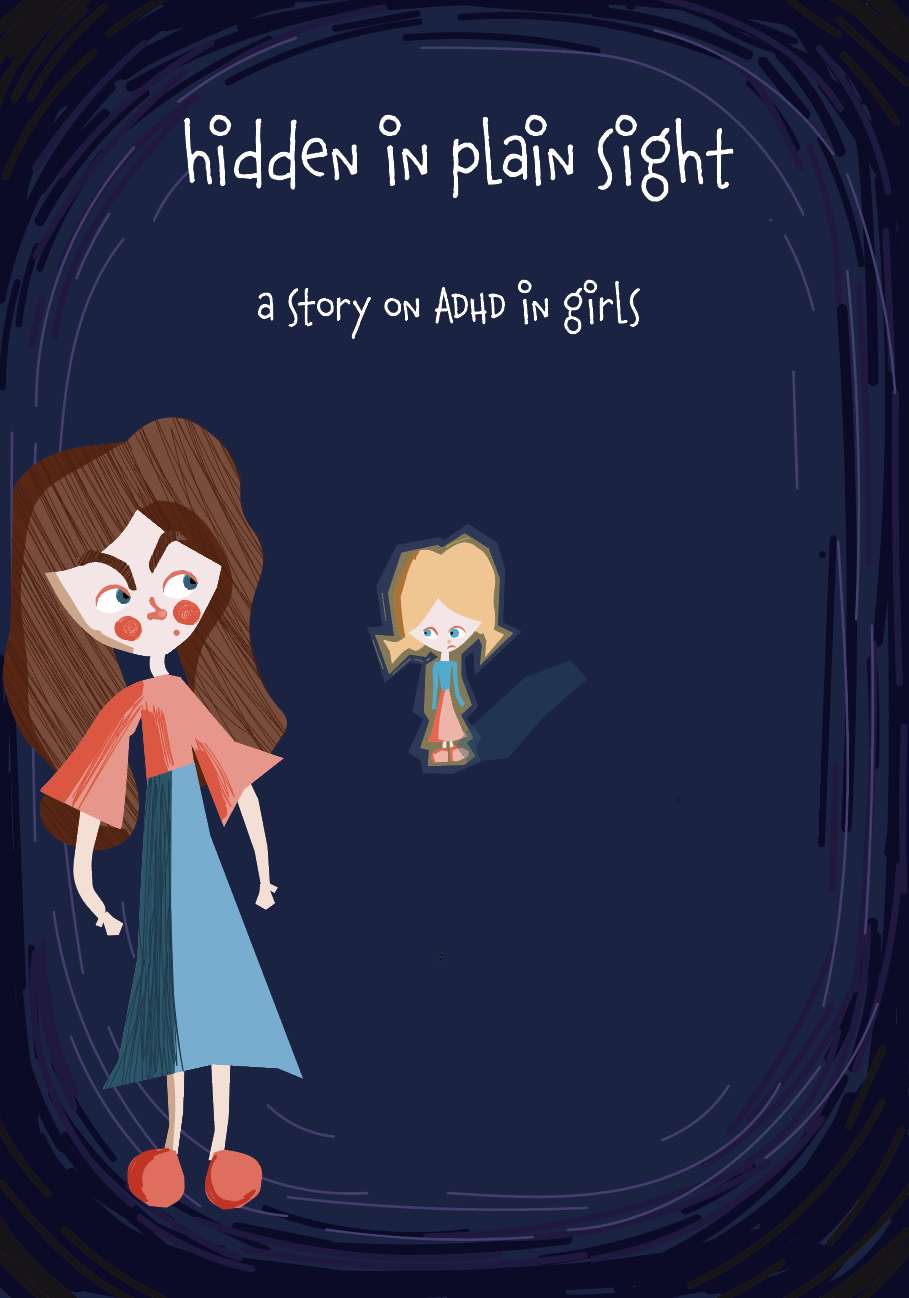
The Story

The story follows the character Sarah, a primary school teacher who hears and sees unexplained, paranormal noises throughout the day. Sarah eventually tries to track down the sound, only to discover that the noises were caused by one of her students, a young ‘ghost’ girl who was invisible to the teacher.It is only when the teacher comes into contact with the student that she transforms into a real-life, visible figure.
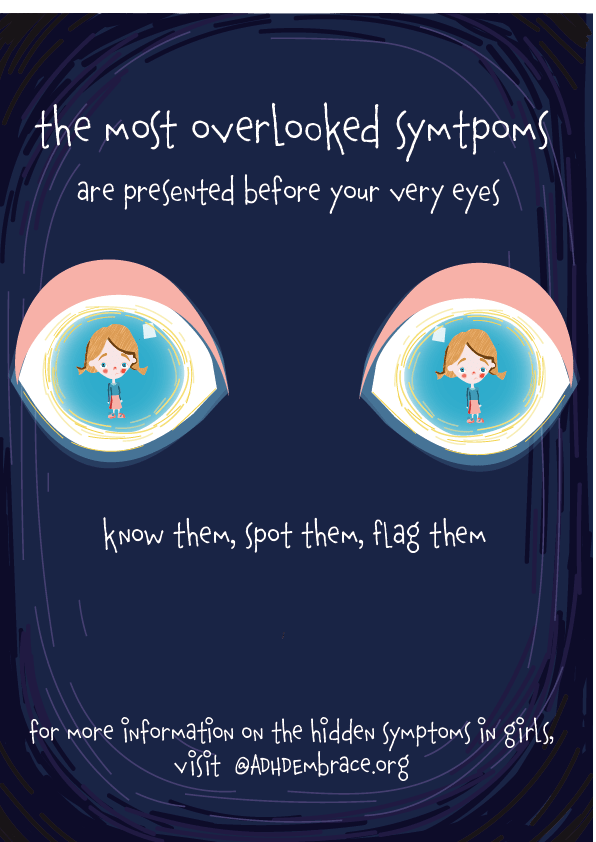
The Aims/Call to Action:
The aim is for teachers to ‘flag up’ any potential symptoms with parents and medical professionals, and help girls with ADHD get an early diagnosis.
Using the metaphor of the ghost to highlight how girls with ADHD feel ‘invisible’ and unrecognised, the story prompts teachers to actively search for symptoms that go undiagnosed.
Pages 7 + 9 in particular confront teachers on how often they overlook symptoms of ADHD because of their own gender bias and notions about what ADHD should look like; being loud and disruptive, and only being common in young boys.
